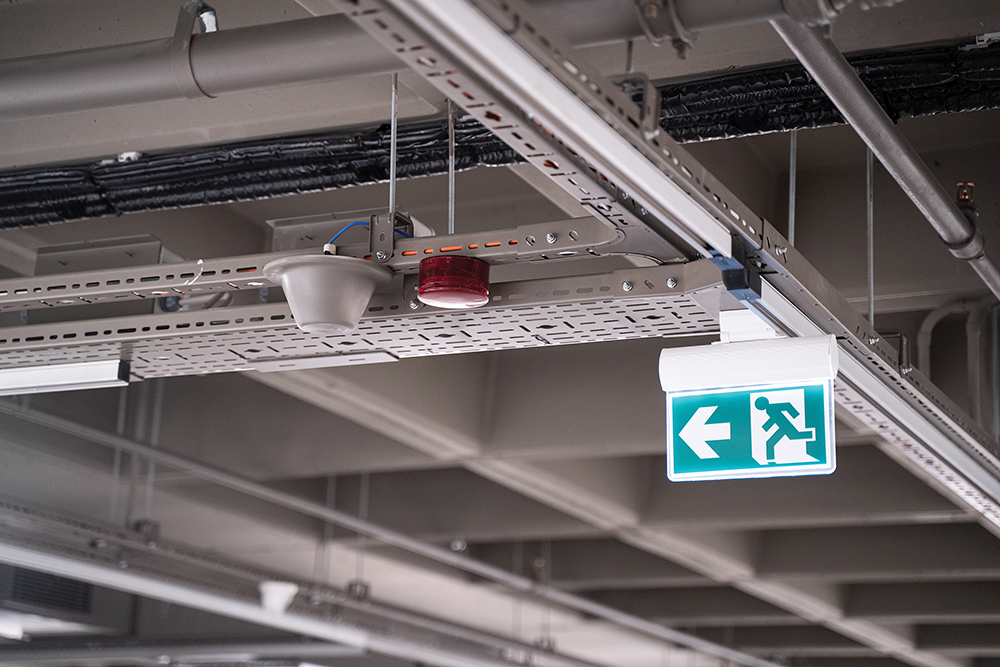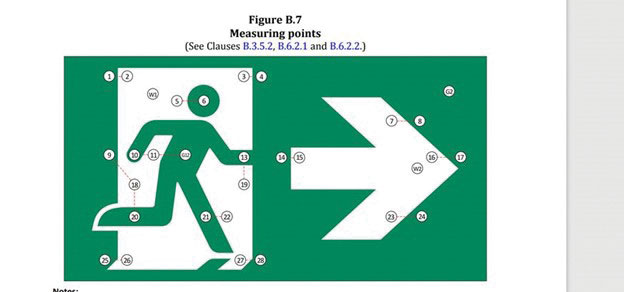This article looks at Rule 10-814 and the bonding conductor sizes given in Table 16 as they apply to resistance grounded systems. We’ll review the question—are the Table 16 minimum wire sizes appropriate when maximum available ground faults are limited by resistance grounding, or are there any circumstances when bonding conductors might need to carry larger fault currents?
As you will recall, Rule 10-814(1) specifies minimum bonding conductor sizes. The rule refers us to Table 16, which specifies that minimum bonding conductor sizes are based on the ampacities of the largest circuit conductors or equivalent for parallel conductors. In earlier versions of the Canadian Electrical Code, bonding conductor sizes were based on overcurrent protection ratings. The change came about with the 2006 code and was carried over to the present version. As an example, Table 16 specifies that an electrical system supplied by 800-ampere wiring will require minimum size bonding conductors of either 1/0 AWG copper or 3/0 AWG aluminum.
Simply put, the minimum bonding conductor sizes shown in Table 16 are based upon the maximum allowable wiring ampacities shown in Tables 1 to 4 to provide wire sizes that are calculated not to fail under ground-fault conditions. It stands to reason that bonding conductors must have sufficient current-carrying capacity to safely carry the available ground-fault currents without melting or burning off.
But what if our system happens to be resistance grounded? Resistance grounded systems reduce ground-fault currents returning to the transformer neutral by interposing a grounding resistor between the system neutral and the system ground electrode. So let’s look at another example, a 1500 KVA, 13.8 kV, 600-volt transformer supplying 2000-ampere service equipment by means of a 2000-ampere bus duct. The transformer neutral is resistance grounded at the transformer location. The transformer and the 600-volt service are grounded to separate grounding electrodes. Checking Table 16 tells us we will need to provide a minimum 250 kcmil copper conductor for bonding between the transformer and the main service equipment in the building.
Next we look at the CEC requirements for installing the grounding resistor and its wiring. Rule 10-1102(2) advises us that for systems of 5 kV or less, the neutral grounding device must be sized to limit ground-fault currents to 10 amperes or less if the electrical system is to remain in operation during a ground fault. Rule 10-1108 gives us the minimum sizes for copper grounding conductors—between the system neutral and the grounding resistor, 8 AWG, and between the grounding resistor and earth, 8 AWG. I’m sure you noticed that these wire sizes are much smaller than 250 kcmil.
We all know that ground-fault currents must always find their way back to the transformer neutral through the system’s grounding and bonding connections. In our current example, Rule 10-1102(2) limits the maximum ground-fault current to 10 amperes. Therefore, the grounding resistor will be sized accordingly. And as mentioned earlier, Rule 10-1108 will provide minimum grounding conductor size of 8AWG copper.
There is only one place for ground faults to go—to the transformer neutral through the grounding resistor. Why therefore do we need a 250 kcmil copper bonding conductor to carry 10 amperes ground-fault current? Am I missing something? Why does one section of the fault path need to be so greatly oversized in relation to maximum possible ground fault currents? Should Rule 10-814 be re-adjusted to accommodate resistance grounded systems?
I can only think of one instance where larger bonding conductor sizes could provide a meaningful safety benefit. There is always a slight possibility that two ground faults might occur simultaneously on separate phases, some distance apart. This could result in a phase-to-phase fault and the bonding conductors would need to safely carry fault current until it is interrupted by operation of the overcurrent protection. Reduced wire size might not carry the fault safely for the required length of time until it is interrupted.
As with past articles, you should always consult with the electrical inspection authority in each province or territory for a more precise interpretation of any of the above.










Find Us on Socials